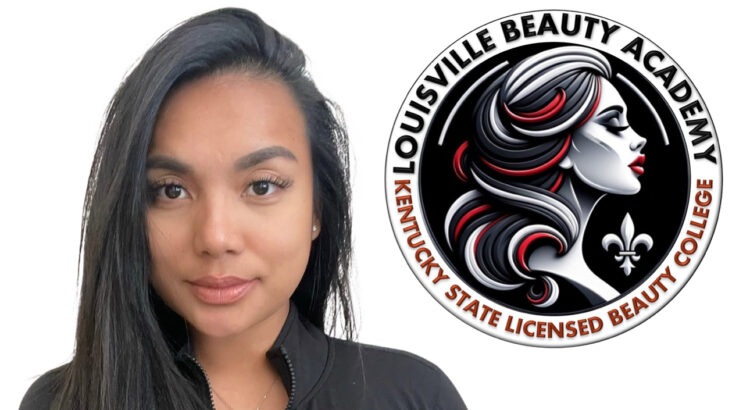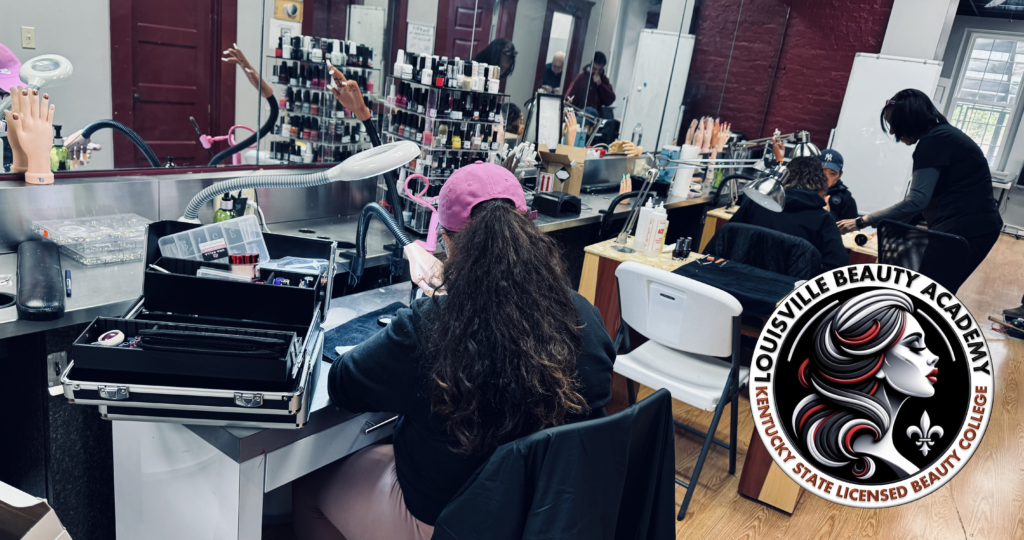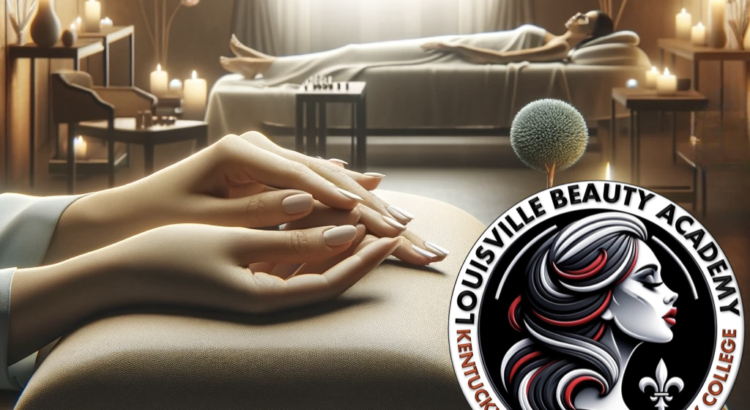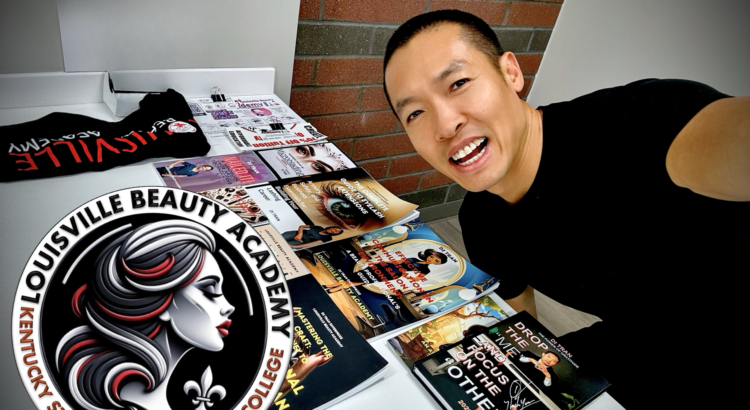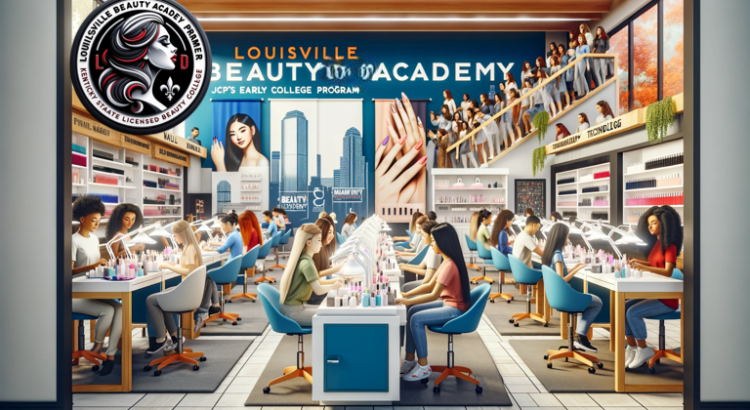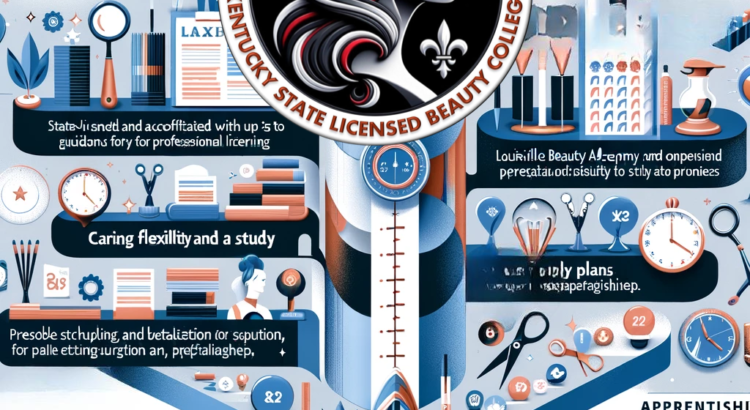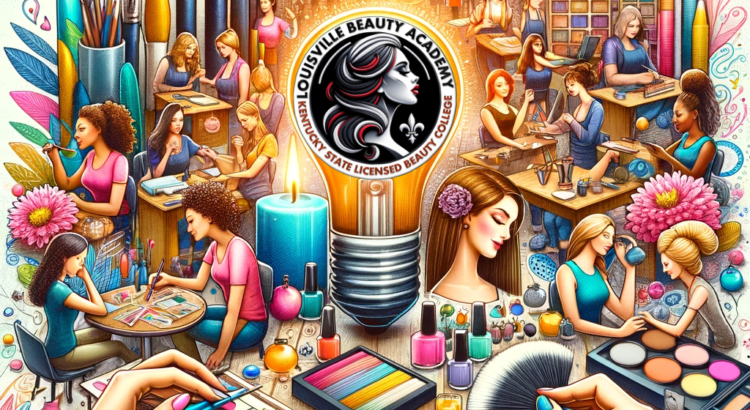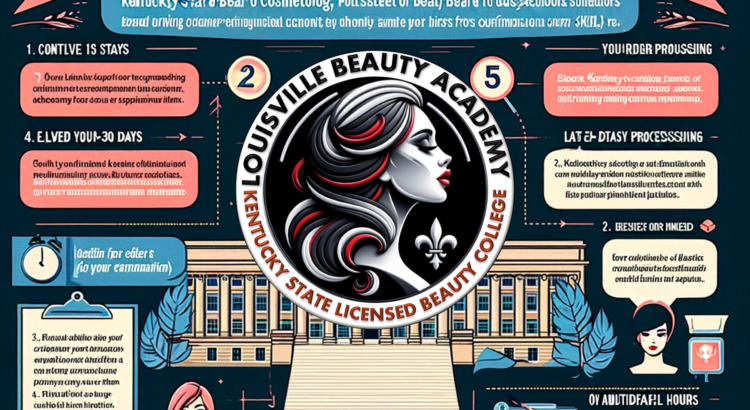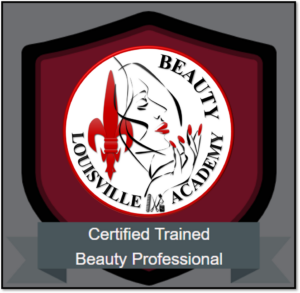As the soft hum of life buzzes through the corridors of Louisville Beauty Academy, one heartwarming story stands out, gleaming with the vibrancy of freshly painted nails. Aireon Wilson, a young mother with a determination as unyielding as the lacquer on her clients’ nails, is crafting a future as bright as the designs she creates.
Aireon’s journey has not been a mere walk in the park. Balancing the roles of a mother to a two-year-old and a student, she shares a single car with her own mother, who is simultaneously pursuing a culinary dream. This logistical ballet of schedules and responsibilities would daunt many, but Aireon navigates it with the grace of a seasoned choreographer. Her story is not just about juggling duties; it’s a narrative of steadfast perseverance and the warmth that fuels it.
The pursuit of a nail technician’s license at Louisville Beauty Academy is Aireon’s second attempt to anchor her dreams in the soil of reality. Her classmates speak of her not just as a peer but as a beacon of inspiration. Aireon has turned the academy into her canvas, her hard work into art, and her warmth into a comfort that lights up the room. She practices her craft with a smile that encourages others to believe in the beauty of their aspirations.
Aireon’s talents are as striking as the patterns she adorns on each fingertip. From the tender age of fourth grade, she was captivated by the magic of manicures, the alchemy of transforming nails into a parade of colors. It’s a passion that has not only adorned hands but has also built a bridge to her future.
In a school where diversity blooms and teachers like Ms. Crystal nurture with knowledge, Aireon has found a sanctuary that bolsters her academic and personal growth. Each day is a dance of learning and sharing, a symphony of support that resounds with every compliment from her peers on her work.
Next month, Aireon will graduate, a testament to her unrelenting spirit. Her eyes are set on the horizon, where opportunities await to uplift her life, her child’s future, and her family’s fortunes. Her narrative is not just one of overcoming odds but also of redefining the essence of hard work and talent.
As Aireon looks forward to her graduation, her story weaves into the fabric of the community, a reminder that no matter the hurdles, warmth and tenacity can carve pathways to success. Her journey resonates with every young mother striving for betterment, with every student who has ever stumbled and risen again.
Aireon Wilson, with her hard-earned skills and heart full of hope, is not just graduating from college. She is graduating into a new chapter of possibility, carrying the torch for her child, lighting the way with the radiance of her example. Her story is one of true empowerment, and as she steps out with her diploma next month, she steps into a world ripe with promise, ready to leave her mark, one nail at a time.

